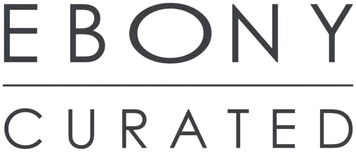'The Long View' - Rentia Retief and Larita Engelbrecht
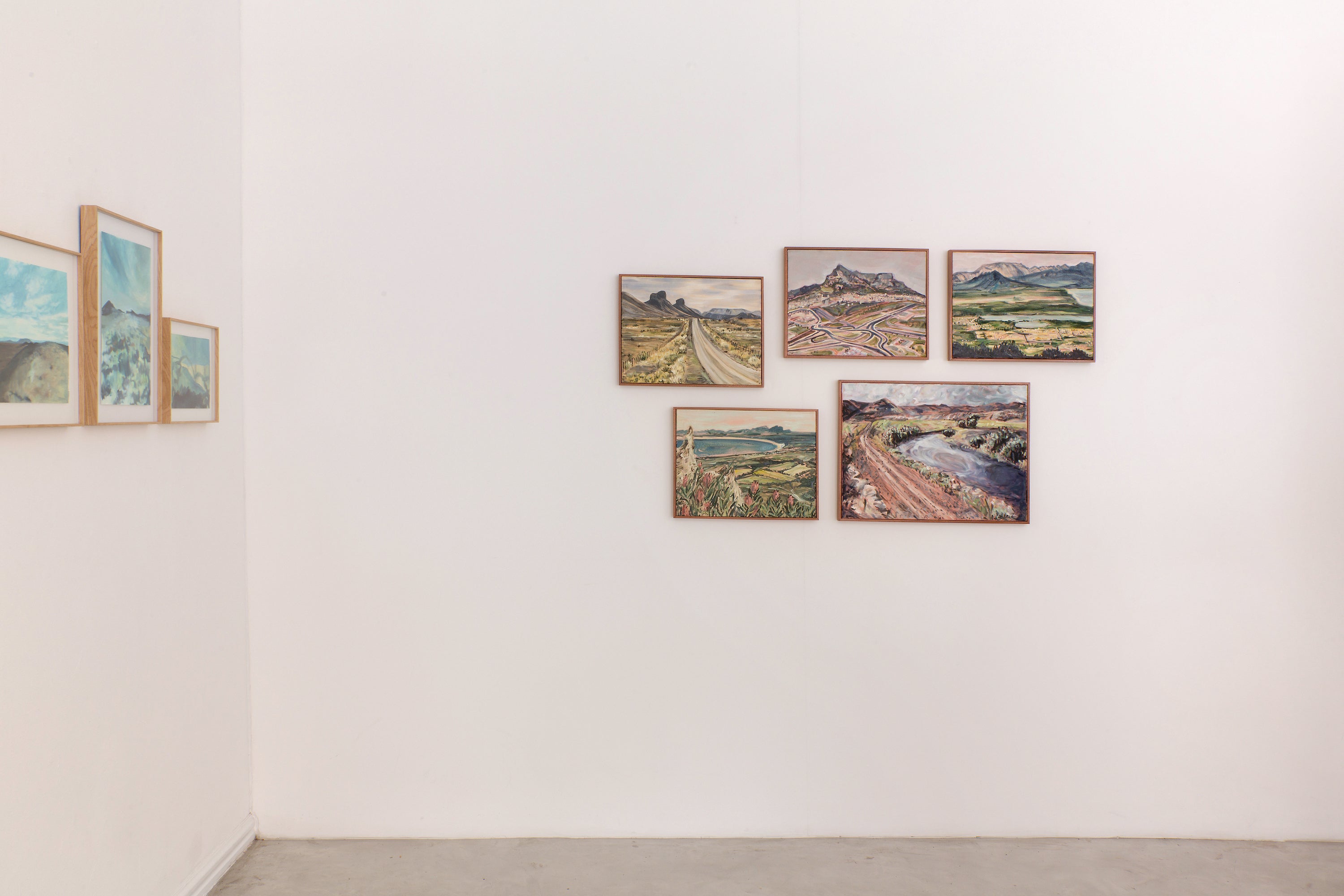
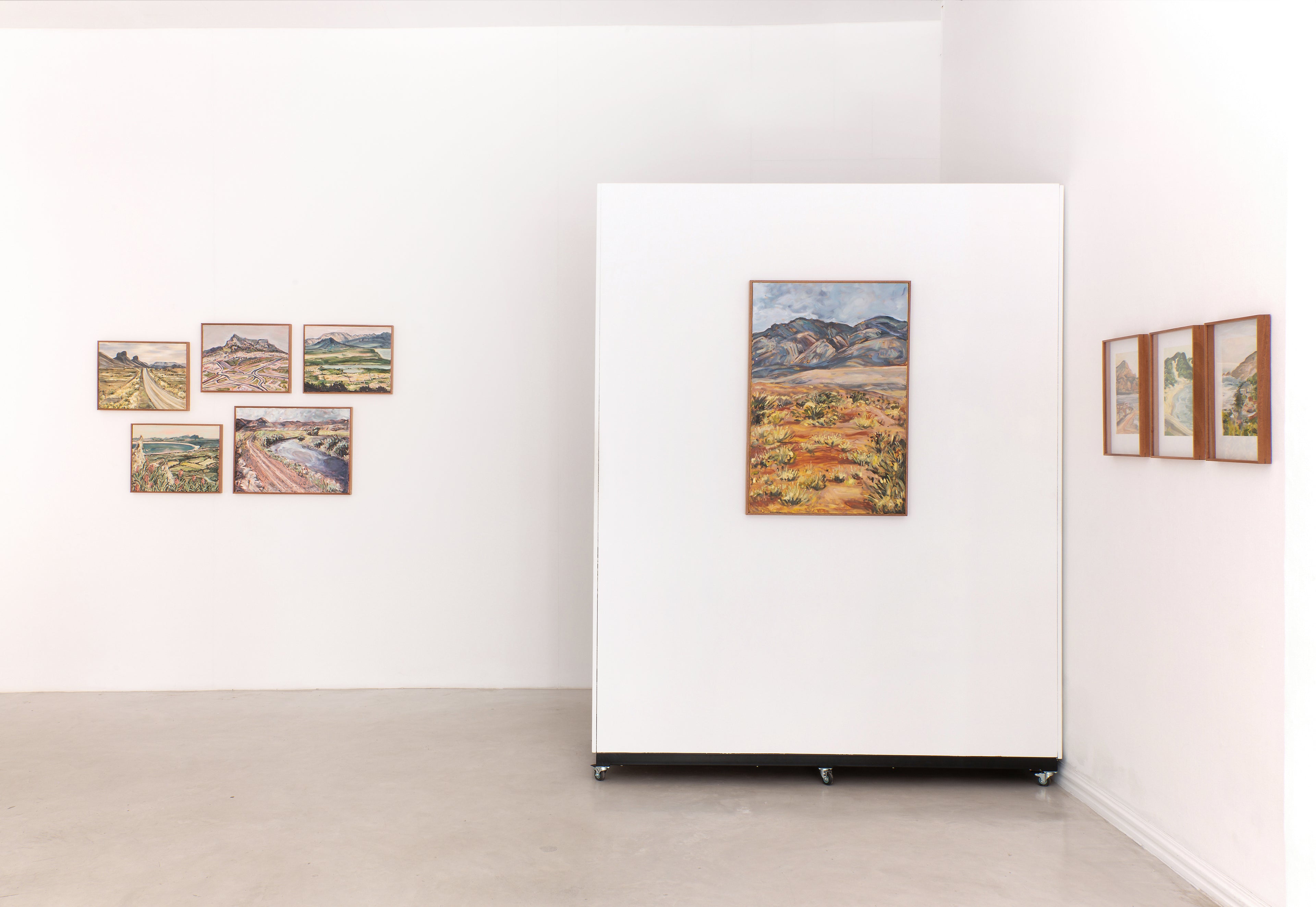
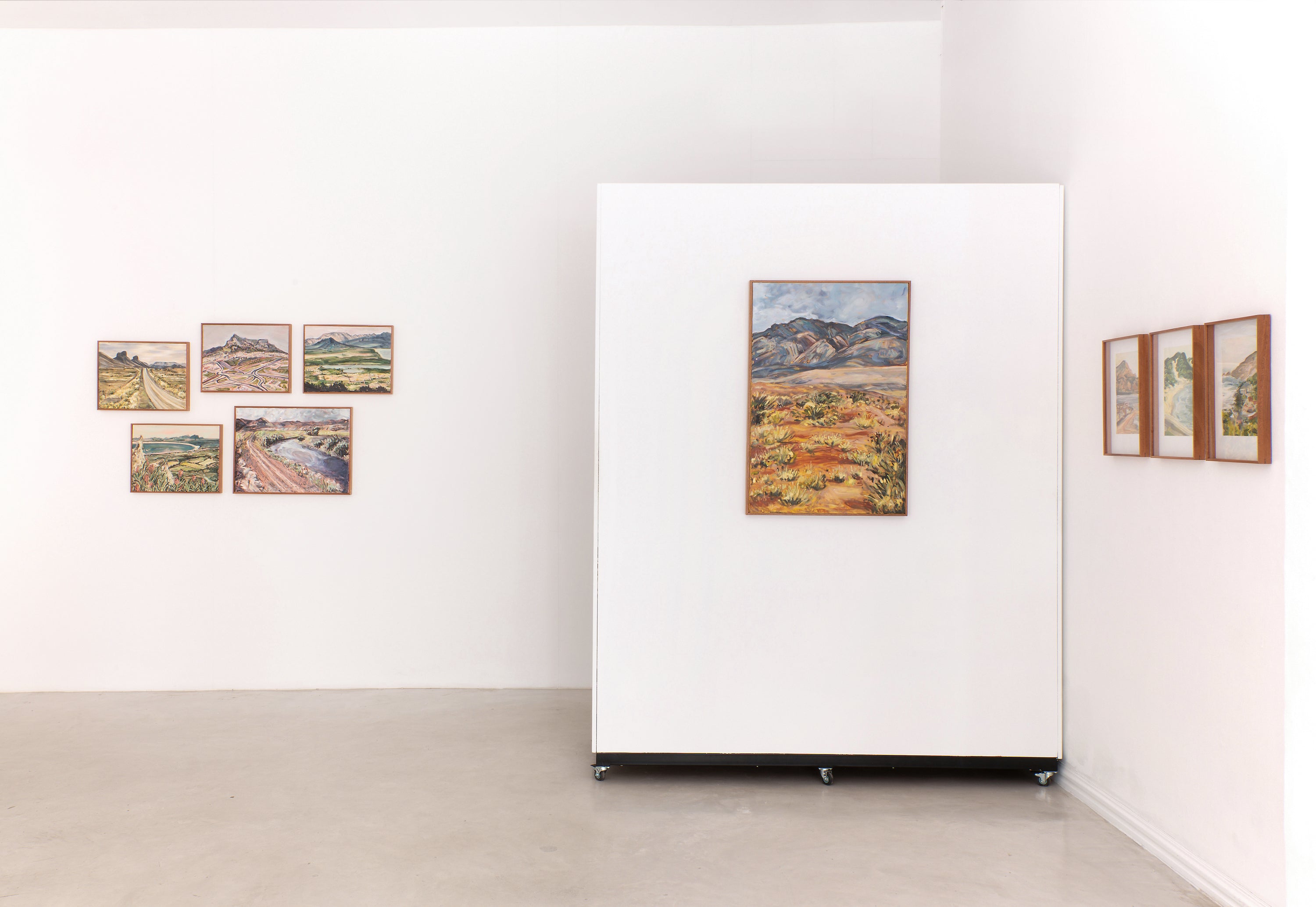
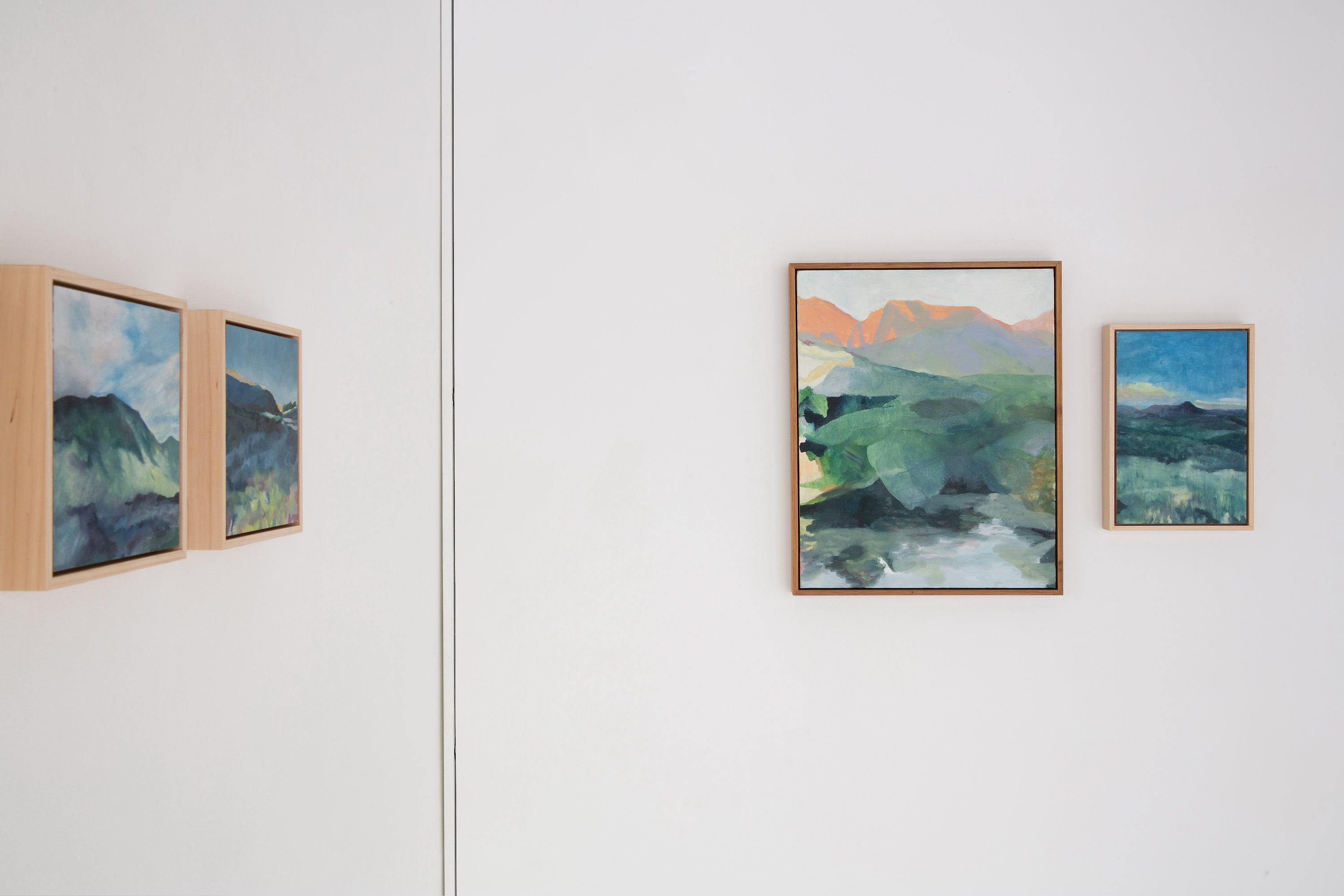

Collection: 'The Long View' - Rentia Retief and Larita Engelbrecht
'The Long View' - Rentia Retief and Larita Engelbrecht
---
cataloguing memory: on larita engelbrecht and rentia retief’s the long view
“we look at the world once, in childhood. the rest is memory.”
louise glück, nostos
“. . .it is the curse of the body to remember when memory has faded away.”
sisonkepapu, postscript, or: preliminary notes on inyikima
i
we can follow what i will call, in one register, the artist’s central vocation: larita’s political imperative (this antecurricular concern for eco-planetary & geological processes & futures), as a condition of possibility for larita’s aesthetical imperative (a painterly inclination to dexterously transform the visual archive).
we can follow what i will call, in one register, the artist’s central vocation: rentia’s political imperative (an investigation into the alienation of Humanity from nature through the disorientating machinations of capitalism-modernity), as a condition of possibility for rentia’s aesthetical imperative (mark-making/generative-abstraction and creative practice that troubles the debilitating distance between us and nature, a phenomenon effectively enforced recently through a state-sanctioned regime of force and violence).
we can follow my investigation (which, i admit, could rightfully be your source of suspicion, which you are entitled to) into the semantic field of the long view (not the show but the title): each piercing view, i believe, is particular, personal and political, complicated and complex.
what is, which is a question of ‘where is’, the meeting point of the show? we can follow the points where the painters carefully converge and diverge, beyond (and beneath) the fact of identity and positionality as two white women, zooming in on the subtle, and highlighting the glaringly obvious.
ii
1. collaborative creative memorying
the archive is many things; as (both?) object and idea, as (both?) space and concept, it is many things. at the first instance, in the form of vintage books, it informs and forms the foundation of larita’s practice, fascinating her as an authentic source of inspiration with a transformative capacity; how it can be de-contextualised, de-linked, productively appropriated, deracinated from its intended meaning, pushed beyond its political parameters, and and and. even as it persistently pushes back. to think of the second and crucial instance, one must think of the radical leap larita makes from a primarily collage-based practice to a purely oil-paint body of work with modernist landscape leanings. to consent not to be constrained. yes, the leap is primarily aesthetical. larita continues to trespass the lands of her old books, re-reading their
faded and desaturated photographs, pulling them this or that way, encountering figures (people), structures (architecture or the built-environment), and the picturesque rolling hills (landscape). (we are mindful of the fact that in her paintings what remains is the unobstructive modernist-colonist architecture - often indistinct & swallowed up by the sprawling vegetation and bold brushwork).
2. collaborative creative memorying
rentia remembers the world as she longs for it. landscapes devoid of buildings and abstracted so as to appear as if from a stream of distant memories. at times they seem faint and fading, not too far in feeling from her charcoal misty-spectral-whirling works. to consent not to be constrained. this shift, this leap, from charcoal to oil is remarkable; she maintains the integrity of the charcoal drawings, pushing it and transposing its thematic foundation into oil paintings. these paintings, also modelled on actual photographs by the artist, appear more legible even as they depict a space with no recognizable temporal dimension or definite situatedness. they could be anywhere.
iii
writer & critic luc sante, writing about the late manny farber’s paintings, remarked that “you start anywhere and end up anywhere.” in many ways, this too is true of this show. in spite of the long view being composed of two stylistic approaches, nothing fundamentally separates the two artists or succeeds in undermining their shared fidelity to produce an emotion in the cusp of experimentation. the world of the works shares a ubiquitous longing for space, which is now laid bare before us in lentia’s colourful and warm palette, and in rentia’s cool colors.
what would we be without this, this space?
the divide between the urban space and its surrounding periphery is a tricky one. historically in landscape art, especially our south african brand with its contested visuality, this tended to take tragic proportions of notoriety at worst, and erasure at worst. the modernist landscape urge to escape the hyperindustrialized urban space has a tendency of concealing colonial narratives and arrangments deeply entrenched in the very same landscapes approached by the artists.
the two artists here, larita and rentia, share not only medium and subject matter, but a careful and considerate approach to this complicated tradition by way of a generous interpretation of sites/spaces familiar to them, that they long for, interpretations that provide “a sightline to tranquillity during a period of uncertainty, restriction and confinement”, as noted by the artists. (the buzz of the koeberg interchange, 2020, can be considered an exception here, in a generative way that disrupts the ‘quiet’ in the paintings’ and loneliness of space, as expressed by larita. read another way, the knotted roads of this particular painting are also a stark contrast to the gentle and inviting paths and roads that lead nowhere/anywhere throughout the show - in both larita’s and rentia’s pieces - functioning similarly to how the window traditionally functioned in european art and philosophy).
iv
(be)long: longing for the outdoors
we’re not so happy indoors. this we’ve sort of established over the last year. it is not enough to think we’ve unhappy because we make each other unhappy. the perennial problem of placing people outside of the larger eco-system is being called into question, yet again. larita and rentia provide a kind of blue, a calm during a storm. we look towards not only the motif of the “repeated horizon” (lerita and rentia), but the repeated roads and pathways on rolling and quivering landscapes, depicted by means of quivering and gentle strokes.
with all the complexities of the subject matter, it still remains possible to listen to the lush paintings in the long view (even as the grammatical contents of this title suggest an occularcentric approach to experiencing it) and place ourselves within its world, equally conscious of the ways in which we risk implicating ourselves in the show’s principal concerns and ethical dilemmas.
Text by Vusumzi Nkomo
Works on exhibition
-
Iets Soos Daar (Something Like There)
Vendor:Rentia Retief (1992- )Regular price R 44,000.00Regular priceUnit price / per -
So Ver Soos Wat My Oë Strek
Vendor:Rentia Retief (1992- )Regular price R 5,500.00Regular priceUnit price / per -
 Sold
SoldOombliklik
Vendor:Rentia Retief (1992- )Regular price R 5,500.00Regular priceUnit price / per -
 Sold
SoldView from Silvermine
Vendor:Larita Engelbrecht (1986- )Regular price R 13,000.00Regular priceUnit price / per -
View from Sir Lowry's Pass
Vendor:Larita Engelbrecht (1986- )Regular price R 13,000.00Regular priceUnit price / per -
Gamka River Valley
Vendor:Larita Engelbrecht (1986- )Regular price R 13,000.00Regular priceUnit price / per -
 Sold
SoldNear Swellendam
Vendor:Larita Engelbrecht (1986- )Regular price R 6,000.00Regular priceUnit price / per -
Namaqualand
Vendor:Larita Engelbrecht (1986- )Regular price R 6,000.00Regular priceUnit price / per -
 Sold
SoldKing William's Town
Vendor:Larita Engelbrecht (1986- )Regular price R 6,000.00Regular priceUnit price / per -
 Sold
SoldGrasslands of Natal
Vendor:Larita Engelbrecht (1986- )Regular price R 6,000.00Regular priceUnit price / per -
 Sold
SoldGordon's Bay
Vendor:Larita Engelbrecht (1986- )Regular price R 6,000.00Regular priceUnit price / per -
Drakensberg Near Cathedral Peak
Vendor:Larita Engelbrecht (1986- )Regular price R 6,000.00Regular priceUnit price / per -
Close to the Wild Coast
Vendor:Larita Engelbrecht (1986- )Regular price R 6,000.00Regular priceUnit price / per -
A Spitskoppie in the Free State
Vendor:Larita Engelbrecht (1986- )Regular price R 6,000.00Regular priceUnit price / per -
A Library Depot Near Nelspruit
Vendor:Larita Engelbrecht (1986- )Regular price R 6,000.00Regular priceUnit price / per -
The Valley of a Thousand Hills
Vendor:Larita Engelbrecht (1986- )Regular price R 9,000.00Regular priceUnit price / per
More exhibitions
-
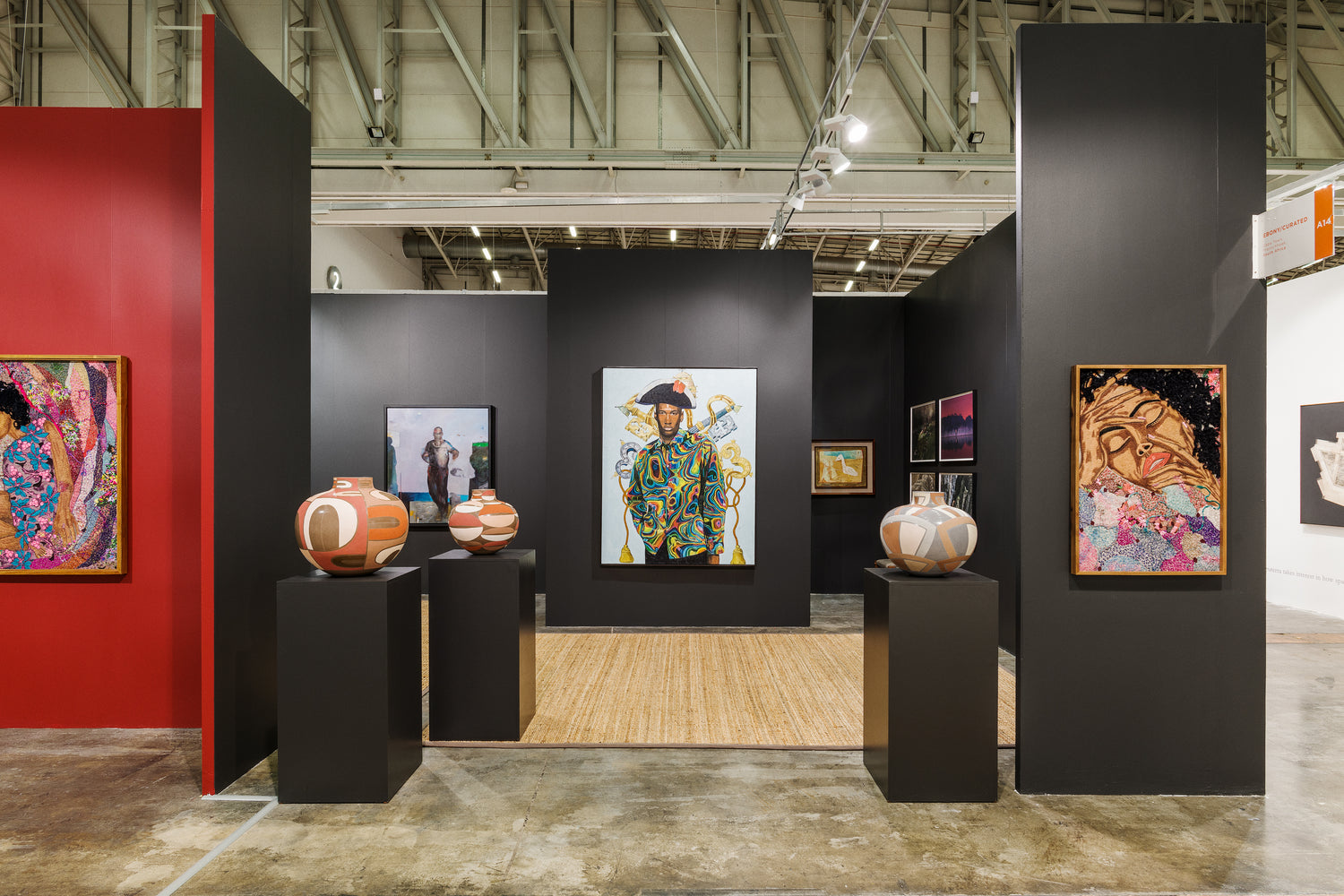
Investec Cape Town Art Fair 2023 | Main Section
Investec Cape Town Art Fair 16 – 19 February 2023 Cape Town...
-
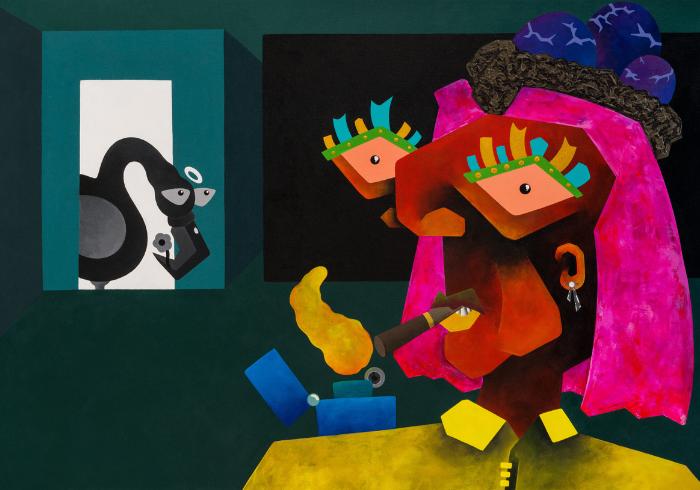
African Galleries Now 2023
African Galleries Now X Artsy28.03.23 - 15.04.23 EBONY/CURATED is participating in the...
-
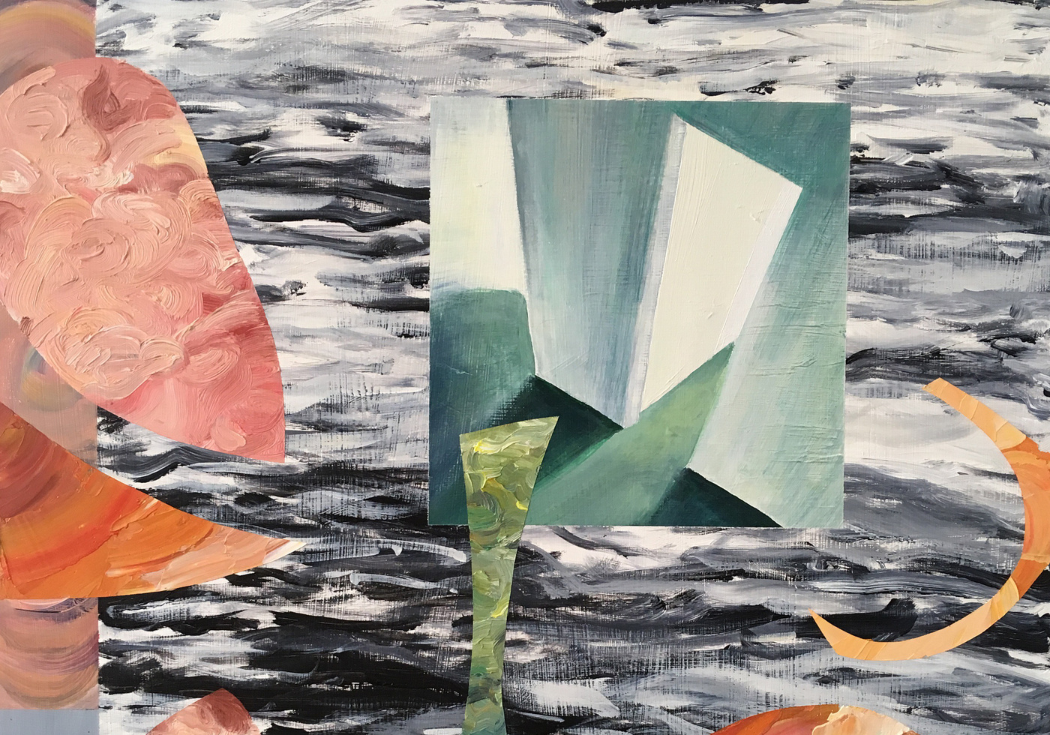
'Intuition Fee' - Larita Engelbrecht
Intuition FeeLarita Engelbrecht01.10.18 - 31.10.18 ___Larita Engelbrecht combines discordant images of dislocated...
